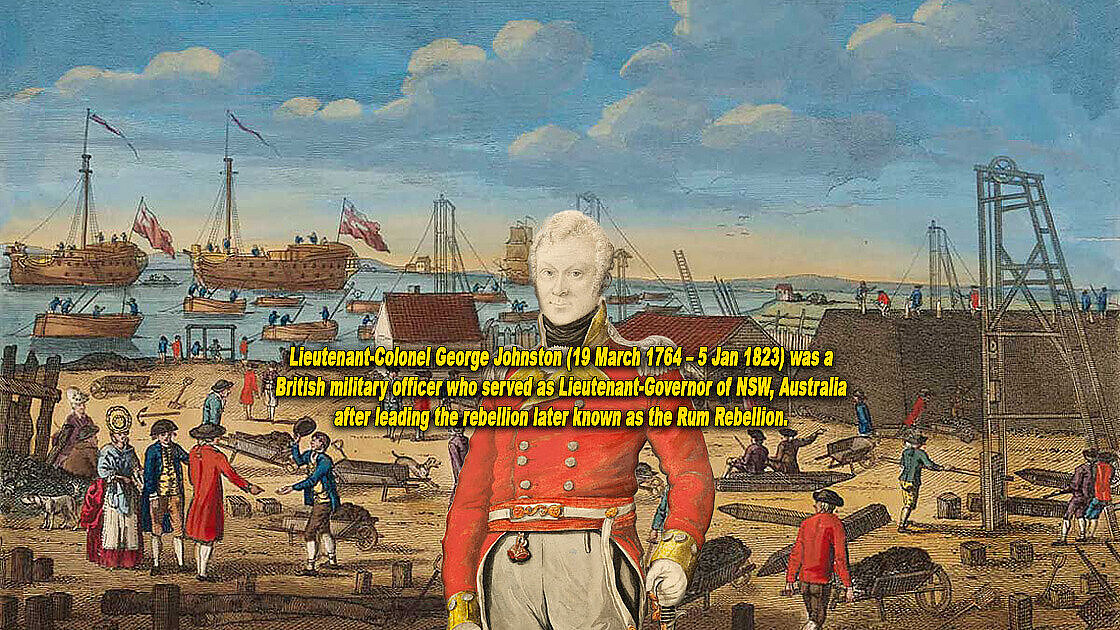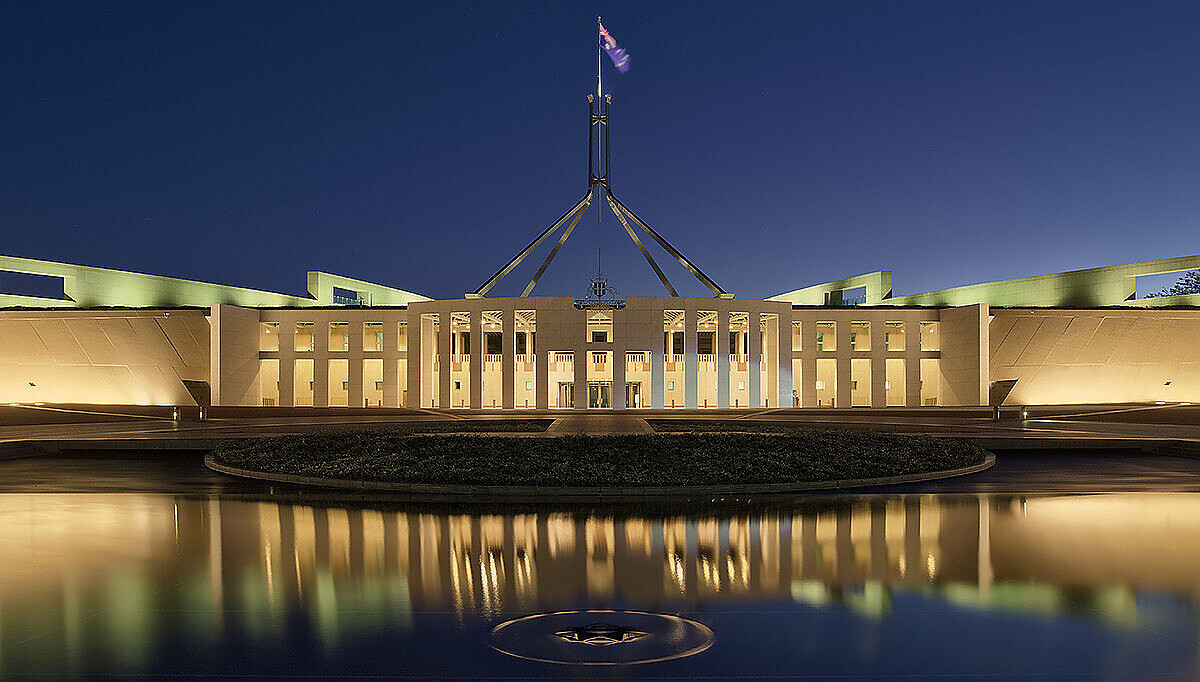The French, the Spanish, and the Portuguese did not transmit the parliamentary concept to their colonies, as the British did to their American colonies long before independence and as they did to Australia. Why? Because they could not. The other European powers, with the possible exception of the Dutch, did not have this concept at home. And the Dutch showed no interest in granting self-government to their colonies.
So parliament, self-government and the Westminster system, the fifth pillar of our nation, came very early to Australia within our one generation of the founding of the penal colony. And Australians quickly adapted to these institutions, making them even more democratic and, thus, more Australian.
AUTONOMOUS SELF-GOVERNING COMMUNITIES DEVELOP OUT OF THE COLONIES OF SETTLEMENT
Initially, the power of the colonial governor was restricted only by the law and by instructions from London. This power was later tempered by an advisory legislative council and executive council. Gradually the legislative council took on an increasingly representative flavour, and within a surprisingly short period, the executive became responsible to that legislature. This is even more remarkable if we remember that most of the states started as penal colonies. The eminent constitutional authority Professor Lane sees an analogy with seventeenth-century England where “the people had gradually wrested from the crown the power to make law and the power to raise taxes and expend public money”.
(Lane, 193) Lane explains that for the first 35 years, the NSW governors “ruled like local monarchs”. But they did so strictly under the law they brought with them. The governor legislated, adjudicated and governed: “You should appreciate there was no local legislature or, until 1814, no supreme court, no executive council — none of these restraining institutions.” The governor imposed taxation, established and interfered with law courts, civil as well as criminal, took appeals, appointed civil servants, handed out land grants and maintained an armed force, not just for defence but also for law and order.
(Lane, 160) Fortunately, most governors ruled for the benefit of and interests of the people. There is little evidence of corruption or the desire for personal gain. The passing of the New South Wales Act 1823 (4 Geo IV, ch 96) transformed the penal settlement into a civil colony by establishing a legislative council consisting of crown nominees to advise, though not over-rule, the governor. The council was invested with the power “to make laws … for the peace, welfare, and good government” of the colony. This formula continues to be used in relation to the state parliament’s legislative powers. The high court has determined these or similar words to be the formula used by the imperial parliament when it wished to confer the plenary power exercised at Westminster on a colonial legislature: Union Steamship Co. of Australia Pty Ltd v King, (1988) 166 CLR 1. This broad power is in contrast to that which was to be vested in the commonwealth parliament, which was to be a legislature of specific enumerated powers. The colonial parliaments were prohibited from legislating repugnantly to the law of England, a restriction which lingered at the state level until the passing of the Australia Acts 1986. The 1823 act also established the Supreme Courts of New South Wales and Van Diemen’s land, with general jurisdiction over “all pleas … and jurisdiction in all cases whatsoever … [just as in Her] Majesty’s Courts … at Westminster”. Such power continues to be exercised by the State Courts.
Further reform came in 1825 with the inception of an executive council appointed to advise the governor, who remained free to depart from such advice. The great colony founded by Governor Phillip in 1788 was broken into four lesser colonies with the creation of Van Diemen’s land in 1825, Victoria in 1851 and Queensland in 1859. Separate colonies were established in Western Australia and the Province of South Australia. Each colony in time, developed similar institutions of government.
The provisions of the Imperial Act of 1823 were further enhanced by the Australian Courts Act 1828 (Geo IV, ch 83), allowing the local courts to apply all the laws and statutes then in force in England and simultaneously allowing such laws to be locally amended (though this did not extend to statutes operating by paramount force until the passing of the Australia Acts, 1986). The act also increased the size of the legislative council.
In 1842 the first signs of representative government emerged with the passing, by the imperial parliament, of “An Act for the Government of New South Wales and Van Diemen’s Land” or the Australian Constitutions Act No. 1, 1842 (5 & 6 Vic, ch 76) allowing for two-thirds of the 36 members of the legislative council to be directly elected. A minority of members were still nominated, qualification for voting rested on stipulated property ownership, emancipists were prohibited from voting, and the governor still controlled the executive. Nevertheless, Lane sees this as a great turning point.
He says that we can identify three basic constitutional doctrines expressly found in the 1842 Act. “No taxation without representation”: that is, the newly constituted people’s institution was to make laws, including the tax laws. “The financial initiative of the crown”: that is, the governor must first recommend to the legislature the purpose for which public money was to be appropriate. “Parliament controls the expenditure of public money”: that is, an appropriation of (most) revenue must be made by the legislature, and in no other manner.
The second Australian Constitutions Act, 1850, “An Act for the better Government of Her Majesty’s Australian Colonies” (13 & 14 Vic, ch 59) brought similar reforms to the other colonies (except for the Moreton Bay district – Queensland –which was attached to the New South Wales legislative council.
Until 1859).
This act was extremely important. It empowered the various colonies to draft their own constitutions, although they were still to be approved by the Colonial Office in London before being presented for the Queen’s assent. Thus the documents that were to become the state constitutions were, as Lane puts it, “essentially homegrown, even if monitored by the Imperial authorities”. (Lane, 194) They were never imposed by London. And this was half a century before the federal constitution. In each of these cases, the constitutions for the Australian states provided for a bicameral legislature. At least the lower house was elective, and the beginnings of a cabinet system of responsible government emerged. This was to mean that each of the crown’s advisers was a minister of state sitting in the legislature, thus rendering the executive answerable to parliament.
Lane observes that the development of the legislative council in each of the colonies brought about constitutional monarchy in Australia.
In time it became wholly elective. It progressively took over power to make laws and raise taxes. Lane stresses that ours is a constitutional monarchy, a system of government in which the crown does not exercise absolute power, only limited power under the constitution. In particular, the crown is advised by its ministers, who are answerable, through parliament, to the people. (Lane, 193)
The state governors survive as living symbols of the process of evolution from rule to representative and responsible government under the crown and as constitutional umpires and auditors.




